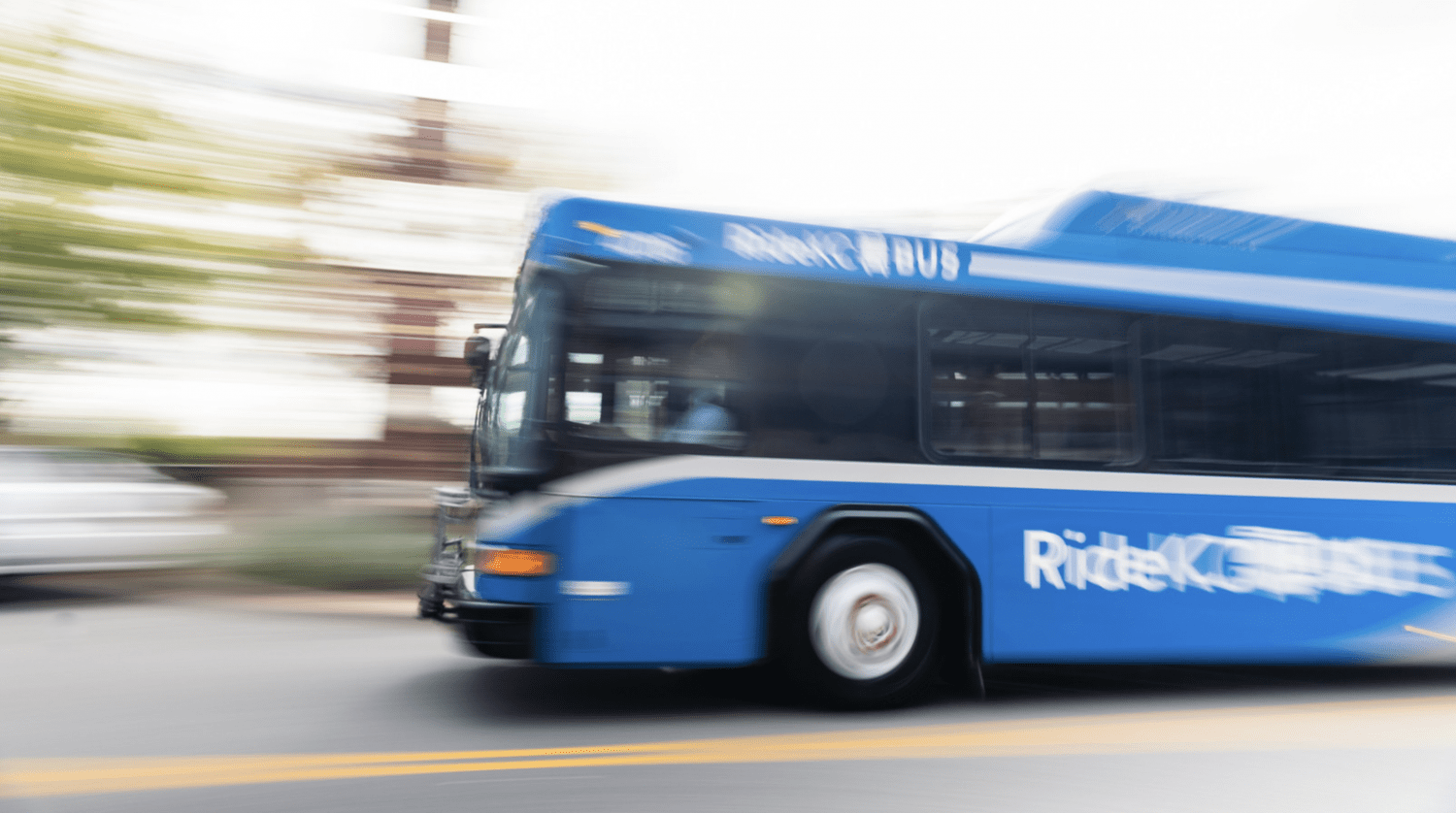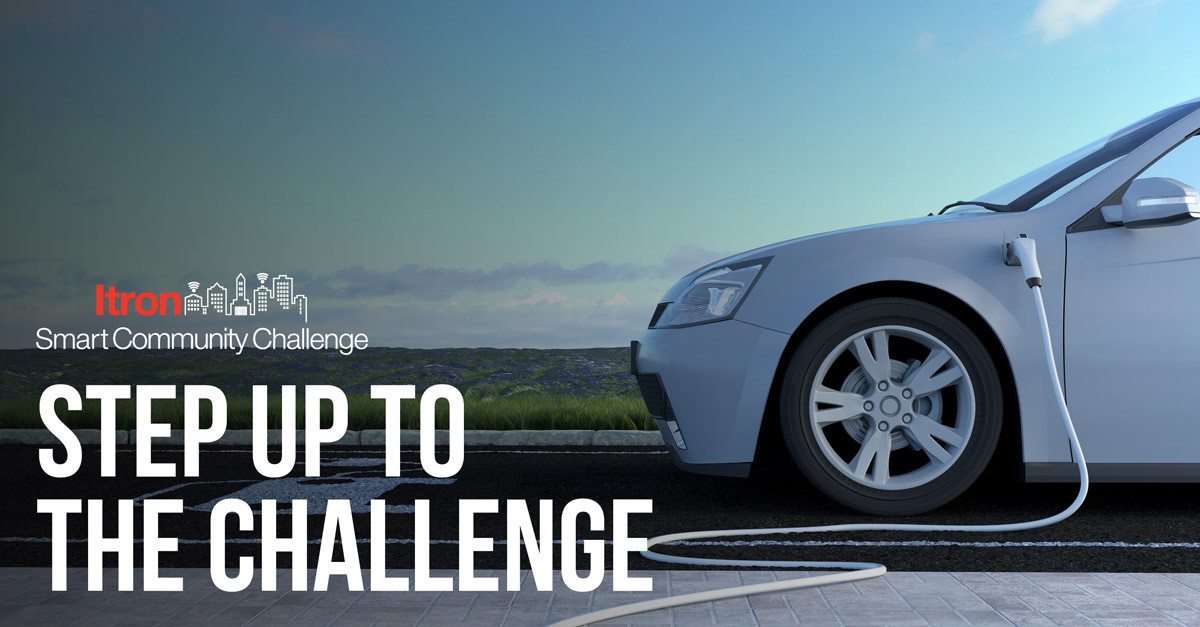Mobility
A broad category of content focused on mobility-related topics in cities.
Examples: public transit, shared mobility, multi-modal mobility, micro-mobility, autonomous vehicles, parking, transportation planning
New Data Suggests On-Demand Transit is Essential for Equity
Los Angeles, Arlington, and Jersey City prove that thoughtful integration of on-demand public transit can help cities foster equal opportunity for all.
In the midst of COVID-19 shutdowns, on-demand transit has begun serving specific community needs, such as food delivery to vulnerable populations, and transporting hospital workers in the overnight hours. Further, data shows that dynamic, on-demand public transit has proven to be a mobility lifeline for those in low-income areas during this crisis.
Back to Normal? Cities Say, ‘No Thanks’
The pandemic has fundamentally changed our perception of how we can live, work, and move. We’ve figured out how to get goods and services without jumping in the car. We’ve learned that all sorts of jobs can be done from home offices. And we’ve learned that people like, and want, to walk and bike as part of their daily journey. Cleaner air, quieter neighborhoods, and healthier residents can be among the positive outcomes of the crisis for cities that were on their heels with traffic and congestion before. Smarter mobility can help retain these benefits.
From Fixed Routes to Flex Routes: Additional Responses to the May 13 Webinar
Earlier this month we hosted a live webinar featuring Alex Gibson from TransLoc, and Josh Powers who is serving as a member of the County Manager’s Office and is the contract administrator and regional transit liaison between Johnson County Government and the Kansas City Area Transit Authority (KCATA). Josh shared his unique perspective and insights from service changes and the re-utilization of infrastructure to creative ways to avoid driver layoffs and the allocation of resources with CARE Act funding.
Included in this post are responses to additional questions we were not able to answer during the live session.
How Public Transit Agencies are Responding to COVID-19 & Official Recommendations
The American Public Transportation Association (APTA), the Canadian Urban Transit Association (CUTA), and the International Association of Public Transport (UITP) have all released recommendations to help agencies during the COVID-19 outbreak. Agencies have had to act fast to protect riders and staff, and make difficult decisions to adapt to evolving conditions.
Here, we present APTA, CUTA, and UITP’s recommendations and a window into what they look like in practice, by looking at survey results from Transit, which received information from more than 60 transit agencies on what policies they are putting in place to safely ride out the pandemic
How to Move More People with Fewer Vehicles
Accenture analysts recently released a report calling for cities to take the lead in creating coordinated, “orchestrated” mobility ecosystems. Limiting shared services to routes that connect people with mass transit would be one way to deploy human-driven services now and to prepare for driverless service in the future. Services and schedules can be linked at the backend, and operators can, for example, automatically send more shared vehicles to a train station when the train has more passengers than usual, or tell the shared vehicles to wait for a train that is running late.
Managing urban congestion and mobility comes down to the matter of managing space. Cities are characterized by defined and restricted residential, commercial, and transportation spaces. Private autos are the most inefficient use of transportation space, and mass transit represents the most efficient use of transportation space. Getting more people out of private cars, and into shared feeder routes to and from mass transit modes is the most promising way to reduce auto traffic. Computer models show that it can be done, and we don’t need autonomous vehicles to realize the benefits of shared mobility.
Itron Smart Community Challenge: Transforming the Grid with Electric Vehicles
In 2020, we begin a new decade in which vehicle electrification is becoming a dominant force in reshaping the electric grid. A transformation of this scale presents a significant opportunity for utilities. Utilities realize that electric vehicles (EVs) will play a...Insurance Companies in the New Mobility Service Market
MaaS can create new channels and business opportunities for insurance companies. In the future, the main revenue stream of mobility insurance is expected to be fleet insurance, end-user related insurance (for on-road accidents, property loss and damage, third party and liability, trip cancellation, and delays), and insurance for the workforce. In order to unleash this new potential, the first step is to gain understanding of which products are already covered within the new mobility ecosystem, and which are not. MaaS Alliance is currently working on a gaps analysis to establish a clear picture of what elements in the new mobility ecosystem are covered by existing mandatory or additional insurance schemes.
12 KPIs to Evaluate Success of Urban Micro-mobility Programs
In the past few years, micro-mobility services have been arriving at unprecedented speed and scale to cities that are oftentimes ill-prepared to manage them. Typically, these services are introduced by private operators and are deployed as a “floating” system, meaning that only the vehicles themselves are physically present in public spaces. Legislation does not clearly define these new vehicles, and new business models do not fit neatly into existing methods of managing private businesses in public spaces.
The transportation community has responded by producing several helpful publications on the topic of micro-mobility, bringing more clarity and understanding to this phenomenon, documenting the growth and expansion of programs in cities, and providing guidance on good practices.
At Ramboll Smart Mobility we wanted to push the discussion away from general statistics about micro-mobility, and towards the identification of strategic goals and tangible key performance indicators (KPI). The KPIs can be measured by any city to better understand how successful and sustainable they are in providing new mobility options to their communities, and where they can improve.
Why Cities Should Support Right-of-Way Charging
Cities that are serious about reducing carbon pollution from transportation need to promote walking and biking, expand transit and micro-mobility services, manage development, and use pricing to reduce traffic and parking congestion.
Many of these steps are designed to reduce the use of single occupancy cars. At the same time, though, cities will also need to electrify everything that moves, including those passenger cars. Just as our approach to solid waste requires a “reduce, reuse, recycle” approach, city transportation policy needs to pursue a “both-and” strategy. Making it easier to use an electric car does not conflict with encouraging alternative transportation options, any more than making it easier to recycle conflicts with discouraging single-use packaging.
The Future of City Mobility
An interview with Matt Cole, conducted before his departure as the President of Cubic Transportation Systems. Interviewed by Gordon Feller, Founder: Meeting of the Minds.
There are multiple definitions out there of “mobility-as-a-service.” These range from some of the early-stage approaches, which focused on subscription plans and pricing, and not necessarily the outcomes. But, in my own view, that approach to “MaaS” was trying to promote all sorts of things that needed to exist in order to enable mobility. My own view is this: we’re working to enable mobility networks in cities and regions that promote journey choices. The emphasis is on journey choices that can range from the most affordable to the most efficient, or the most environmentally sustainable. But the aim is to enable all of the possible journey choices for all of the possible travelers. That means addressing the needs of every customer segment that needs to travel within a given city or region. We’re trying to enable those choices for everyone.
Made to Move Grants are Helping Cities Redesign for Active Transit
Can U.S. cities transform to overcome extreme car dependency?
In summer 2019, two values driven agencies came together to see if they could incentivize change in five cities with the Made to Move Grant program. This innovative, unique, and inspirational partnership between Degree and Blue Zones is awarding $100,000 dollars to each city to redesign their neighborhoods and city-centers for active, healthy lives. The program aims to create model practices and projects that gain the attention of other cities and inspire evolutionary changes to once again focus on places for people, and design accordingly.
How to Prepare our Cities For Autonomous Vehicles
Shared mobility services have been proposed as a solution to urban congestion. When Uber and Lyft launched a decade ago, proponents of this model of peer-to-peer “ride sharing” claimed it would revolutionize public transportation to the point of replacing it. Opponents of a 2016 ballot measure to fund transit projects in Detroit wrote, “The proposal spends billions on old transit tech like buses and rail while other cities are contracting out transit services to Uber, Lyft, Chariot and others that provide door-to-door service at substantial savings.”
In the meantime, we’ve learned that peer-to-peer ride sharing services, better called ride-hailing services since they primarily function as taxis carrying individual passengers, have made traffic 180 percent worse in some cities. They have over-supplied the market with vehicles that are empty most of the time, on average adding 2.8 miles of traffic for every mile they carry passengers.












